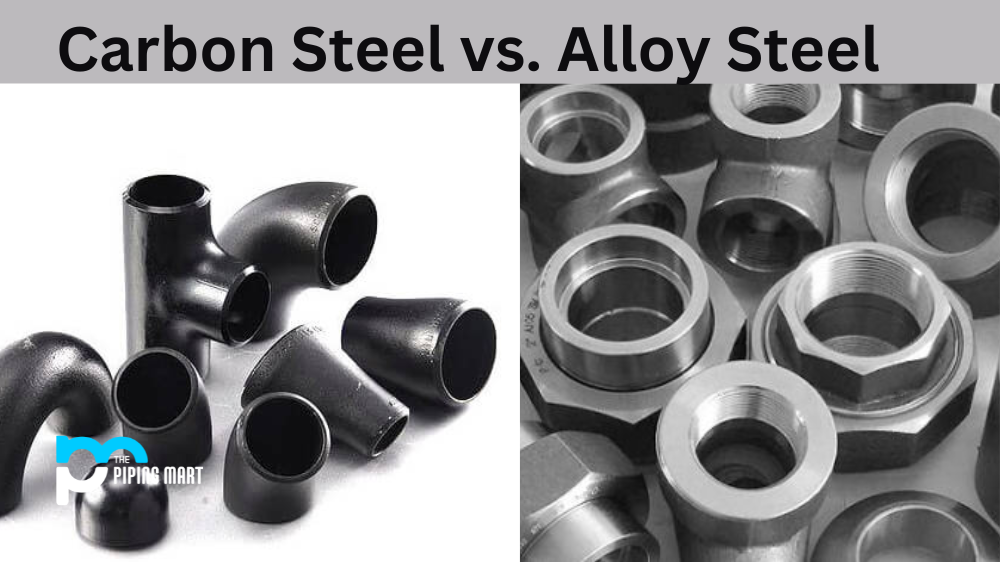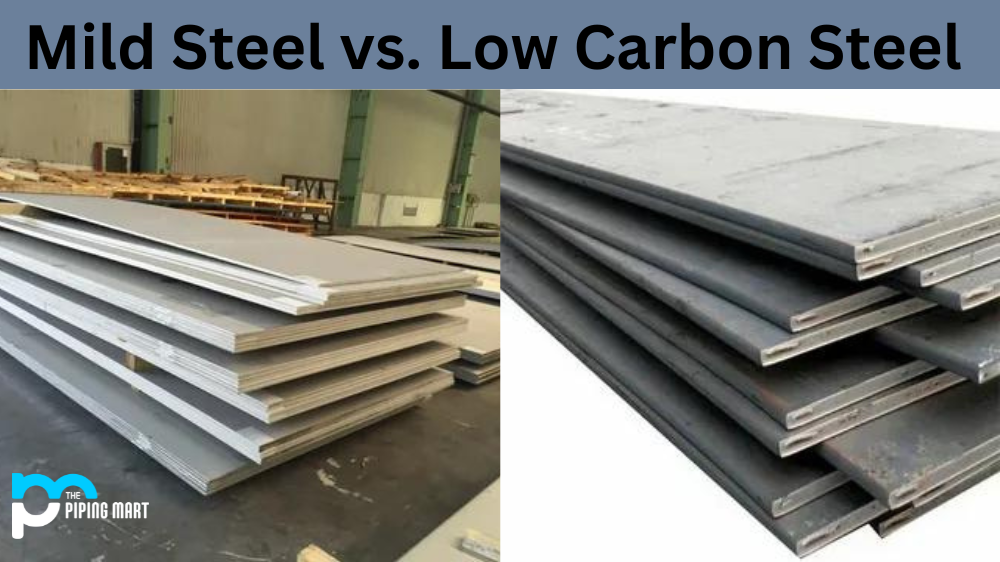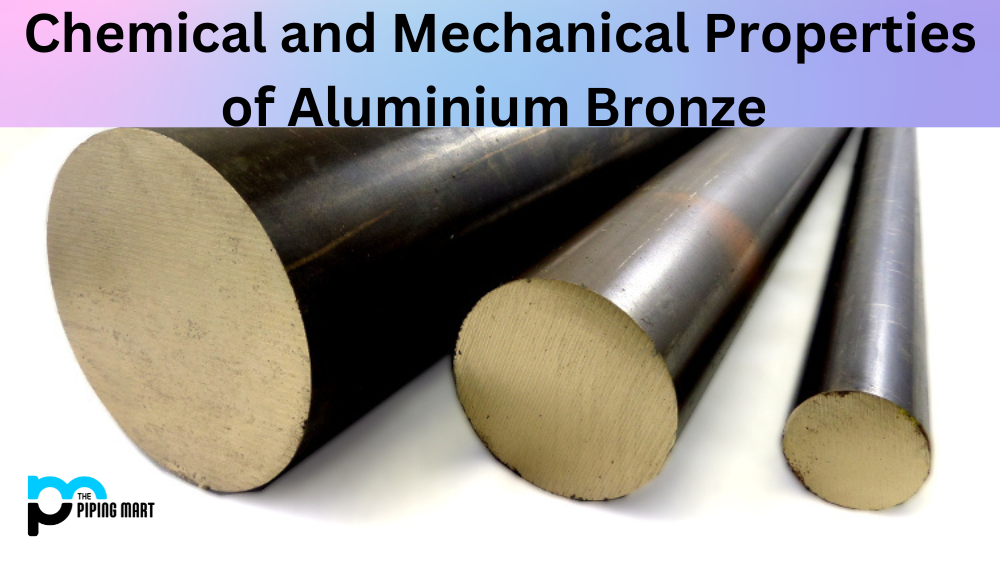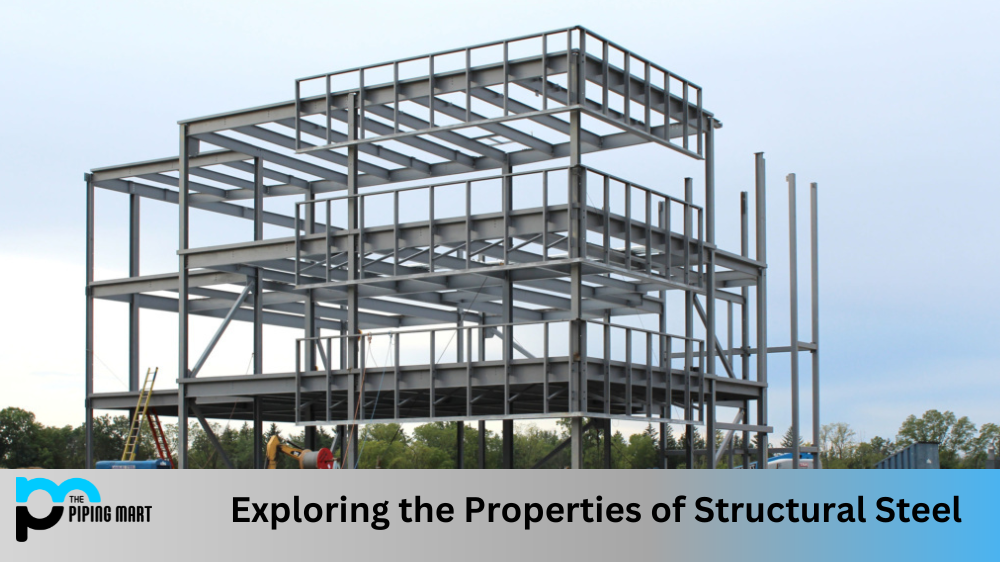When choosing the right material for your next project, you may come across two steel types – carbon steel and alloy steel. But what’s the difference between them? While both contain iron and carbon, the percentage and type of other alloying elements make them distinct. This blog post will explore the differences between carbon steel and alloy steel.
What is Carbon Steel?
Carbon steel is a type of steel that contains mainly iron and carbon, with the carbon content ranging from 0.05% to 2%. The higher the carbon content, the harder and stronger the steel. Carbon steel is known for its strength, durability, and affordability. It’s commonly used in construction, manufacturing, and transportation industries. Carbon steel is also used to make kitchen knives because of its hardness.
However, carbon steel has some disadvantages, too. It is susceptible to rust and corrosion. It’s unsuitable for applications requiring extreme heat or cold resistance. Also, it’s not as strong and durable as alloy steel.
What is Alloy Steel?
Alloy steel is a type of steel that contains other elements besides carbon and iron. These elements are added to improve specific properties like strength, durability, toughness, and resistance to wear and tear. The most common alloying elements added to steel are chromium, nickel, molybdenum, vanadium, and tungsten.
Alloy steel has several advantages over carbon steel. It’s stronger, more durable, and corrosion-resistant. It’s suitable for high-temperature applications like turbines, boilers, and heat exchangers. It’s also used to manufacture aircraft, automobiles, and construction equipment. However, alloy steel is more expensive than carbon steel.
Types of Alloy Steel
There are several types of alloy steel, depending on the alloying elements added to it. Here are some common types of alloy steel:
-Chrome-Molybdenum Steel: Contains chromium and molybdenum and is used in high-temperature applications.
-Stainless Steel: Stainless steel contains chromium and nickel and is known for its corrosion resistance.
-High-Speed Steel: Contains tungsten, molybdenum, and cobalt and is used in cutting tools and drills.
-Tool Steel: Contains tungsten, molybdenum, and vanadium and is used in tooling and dies for manufacturing.
Types of Carbon Steel
Low Carbon Steel
Low-carbon steel is the most common type of carbon steel and contains up to 0.3% carbon by weight. This type of steel is very ductile and is often used in the automotive industry for its strength and malleability. Low-carbon steel is also very economical, making it a popular choice for many applications.
Medium Carbon Steel
Medium carbon steel contains between 0.3-0.6% carbon by weight and is known for its strength and hardness. It is often used in constructing bridges, buildings, and other large structures due to its ability to withstand high loads without deforming or cracking.
High Carbon Steel
High-carbon steel contains 0.6-1.4% carbon by weight and is known for its extreme hardness and strength. It can produce tools such as chisels, drills, saws, knives, axes, and hammers due to its superior edge retention properties and resistance to wear and tear.
Ultra-High Carbon Steel
Ultra-high carbon steel contains more than 1% carbon by weight and is extremely hard and brittle. This type of steel has limited applications due to its brittleness but can be used in the production of cutting tools such as knives or saw blades as it can retain an edge even after repeated use or sharpening.
Carbon Steel vs. Alloy Steel: Which is Better?
Both carbon steel and alloy steel have their advantages and disadvantages. The choice depends on the specific application and requirements. Carbon steel is a good choice if you’re looking for affordability and strength. But, if you need corrosion resistance, high-temperature resistance, and durability, alloy steel is a better choice, though it’s more expensive.
Conclusion:
Choosing the right steel type is crucial for the success of your project. Understanding the differences between carbon steel and alloy steel can help you make an informed decision. If you’re not sure which type of steel to choose, consult with a steel supplier or engineer. They can guide you in choosing the best steel for your project needs and budget.
Sakshee is a talented blogger, with a particular focus on the Business and Metal Industry. She is passionate about sharing her insights on various metal products and helping professionals to make a better decisions.




